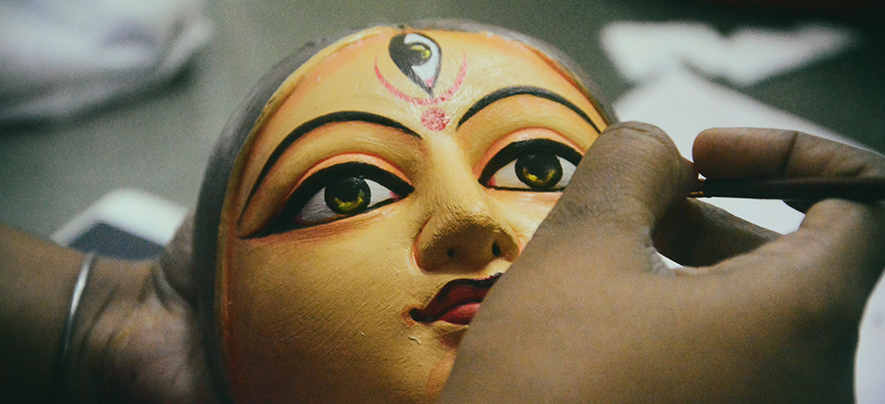The CraftMark initiative for Indian handicrafts
Business Development
414 week ago — 5 min read
23 million people are employed in some manner in the crafts sector across India. This makes the sector the second largest employer after agriculture. A lot of the craft work is done in rural areas with many communities, sometimes living in remote locations, depending on craft for their livelihood. Education, food and other daily expenses are met by work done on crafts. In many agricultural communities as well, craft functions as a source of secondary income in times of drought or famine.
Despite the importance of craft, little effort has been made at the macro-level to help improve the infrastructure of the industry and help increase the overall income of artisans or workers.
Supporting craft in India means believing in a heritage and tradition that can often stretch back uninterrupted for 4000 years. The knowledge is still transferred through traditional means, from elders to younger people but there are many challenges that face these century-old traditions. The fear is that they will die out in the face of machine-made products that threaten to take over and derail traditional practices. A real menace is the masquerading of machine-made products as handicrafts. These cheaper alternatives really hurt the handicraft sector.
Handcrafted products are unique and they need support if the ancient arts are to kept alive for future generations to enjoy. It was in this setting that the CraftMark initiative was established in 2006 in India. The aim of this initiative is to mark out genuine Indian handicrafts, develop sector-wide minimum norms and standards for labelling a product and of course raising consumer awareness of the arts in question.
The modern marketplace doesn’t leave much room for someone who doesn’t know their way around it. As a result these craftspersons were suffering and not getting due value for their products. Craftspeople with immense knowledge and skill need help in establishing businesses that can compete effectively by incorporation of innovative marketing solutions with guidance on design possibilities. The CraftMark initiative provides this guidance.
The end goal of the CraftMark initiative is to create sustainable communities where art can flourish and endure and more awareness and demand is created fo such products in the Indian market. William Bissell, the MD of Fab India, said of CraftMark, “The CraftMark initiative has several positive impacts but most importantly it adds value to Indian handicraft products by identifying the craft technique inherent in the product and certifying its authenticity. The net result is sustainable sales of craft in mainstream markets and greater rural employment.”
Gagan Jain, GloballLinker member, says this of the Indian handicraft sector and the role of CraftMark. "Nowadays it is easy to fool the customer & sell machine made or poor quality products in the name of handicrafts. CraftMark is an initiative which creates a platform for handicraft manufacturers & artisans. It really helps in building trust and the customer has an easy way to distinguish authentic handicrafts. Look for the Craftmark tag on the products & support India's great artistic talent."
CraftMark certifies and is supported by major enterprises domestically and internationally such as Fab India, West Elm, Ten Thousand Villages, Dolma Designs, Tesoras and Mela Artisans.
If you own a business that deals with the handicrafts and you wish to obtain CraftMark certification, you can begin the process by applying here on their website. Application will follow a verification process which if successful will lead to approval, a membership package with some consultancy facilities and periodic monitoring.
Go ahead! Support your artisans and craftspeople and enrich your handicrafts business with CraftMark.
Watch this video for an overview of the CraftMark initiative and how to be a part of it.
Posted by
GlobalLinker StaffWe are a team of experienced industry professionals committed to sharing our knowledge and skills with small & medium enterprises.
Network with SMEs mentioned in this article
View GlobalLinker 's profile
Most read this week















Comments
Please login or Register to join the discussion